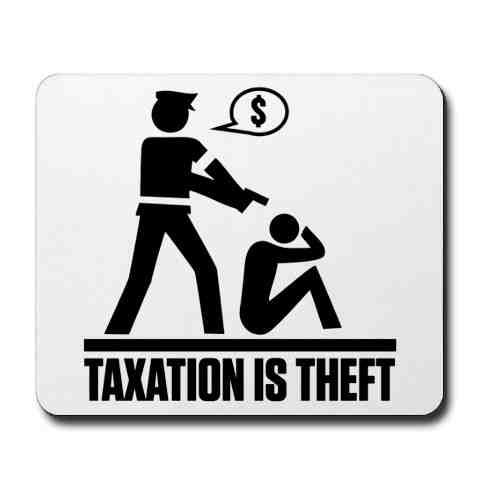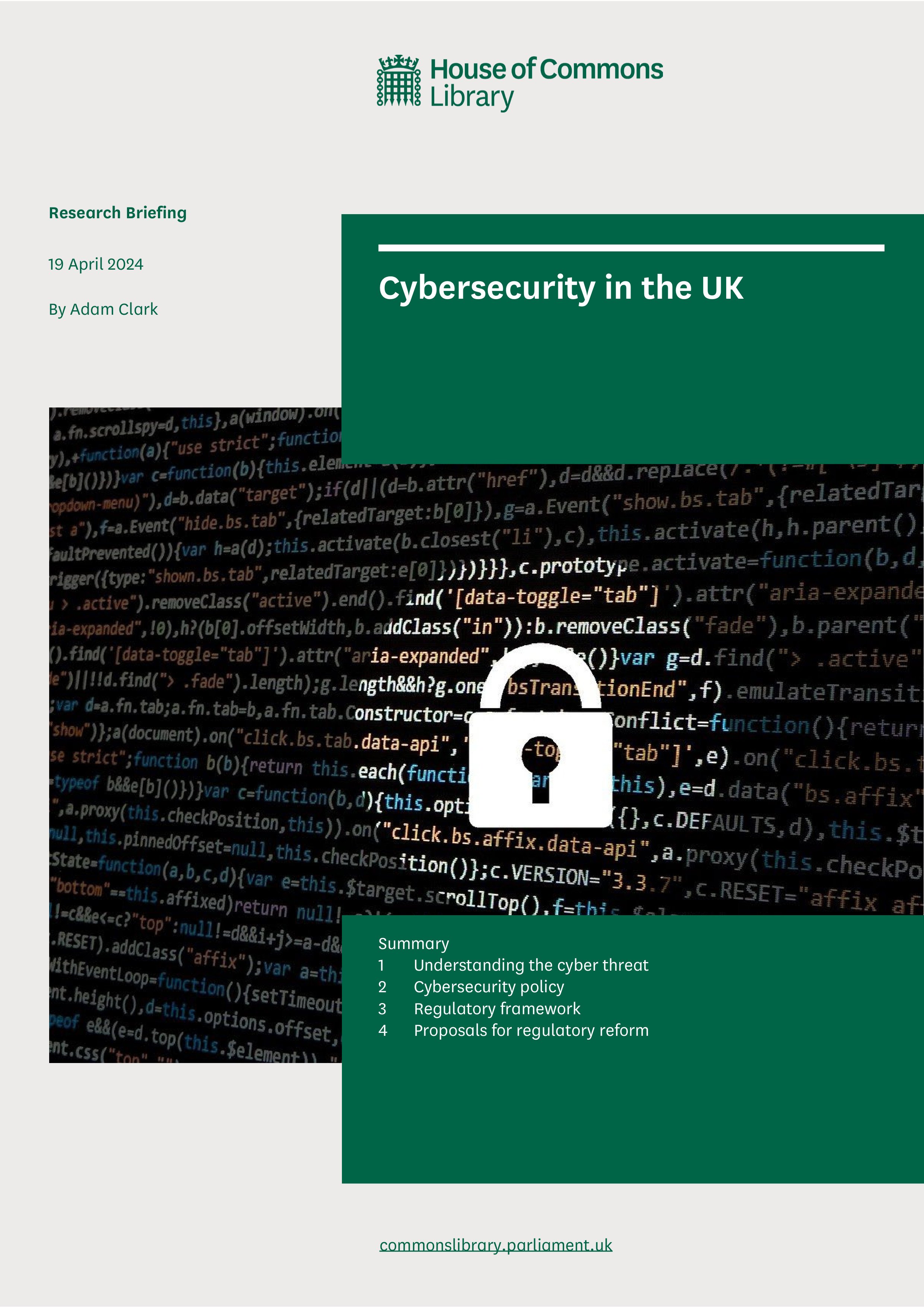Edited by Sharon Lamb
It is increasingly difficult to use the word "victim" these days without facing either ridicule for "crying victim" or criticism for supposed harshness toward those traumatized. Some deny the possibility of "recovering" repressed memories of abuse, or consider date rape an invention of whining college students. At the opposite extreme, others contend that women who experience abuse are "survivors" likely destined to be psychically wounded for life.
While the debates rage between victims' rights advocates and "backlash" authors, the contributors to New Versions of Victims collectively argue that we must move beyond these polarizations to examine the "victim" as a socially constructed term and to explore, in nuanced terms, why we see victims the way we do.
Must one have been subject to extreme or prolonged suffering to merit designation as a victim? How are we to explain rape victims who seemingly "get over" their experience with no lingering emotional scars? Resisting the reductive oversimplifications of the polemicists, the contributors to New Versions of Victims critique exaggerated claims by victim advocates about the harm of victimization while simultaneously taking on the reactionary boilerplate of writers such as Katie Roiphe and Camille Paglia and offering further strategies for countering the backlash.
Written in clear, accessible language, New Versions of Victims offers a critical analysis of popular debates about victimization that will be applicable to both practice and theory.
New York; London: NYU Press, 1999. 192p.





















